Thery Growing your vegetables at home is a rewarding and sustainable practice, and with the rise of hydroponic gardening, it’s easier than ever to cultivate a thriving indoor garden.
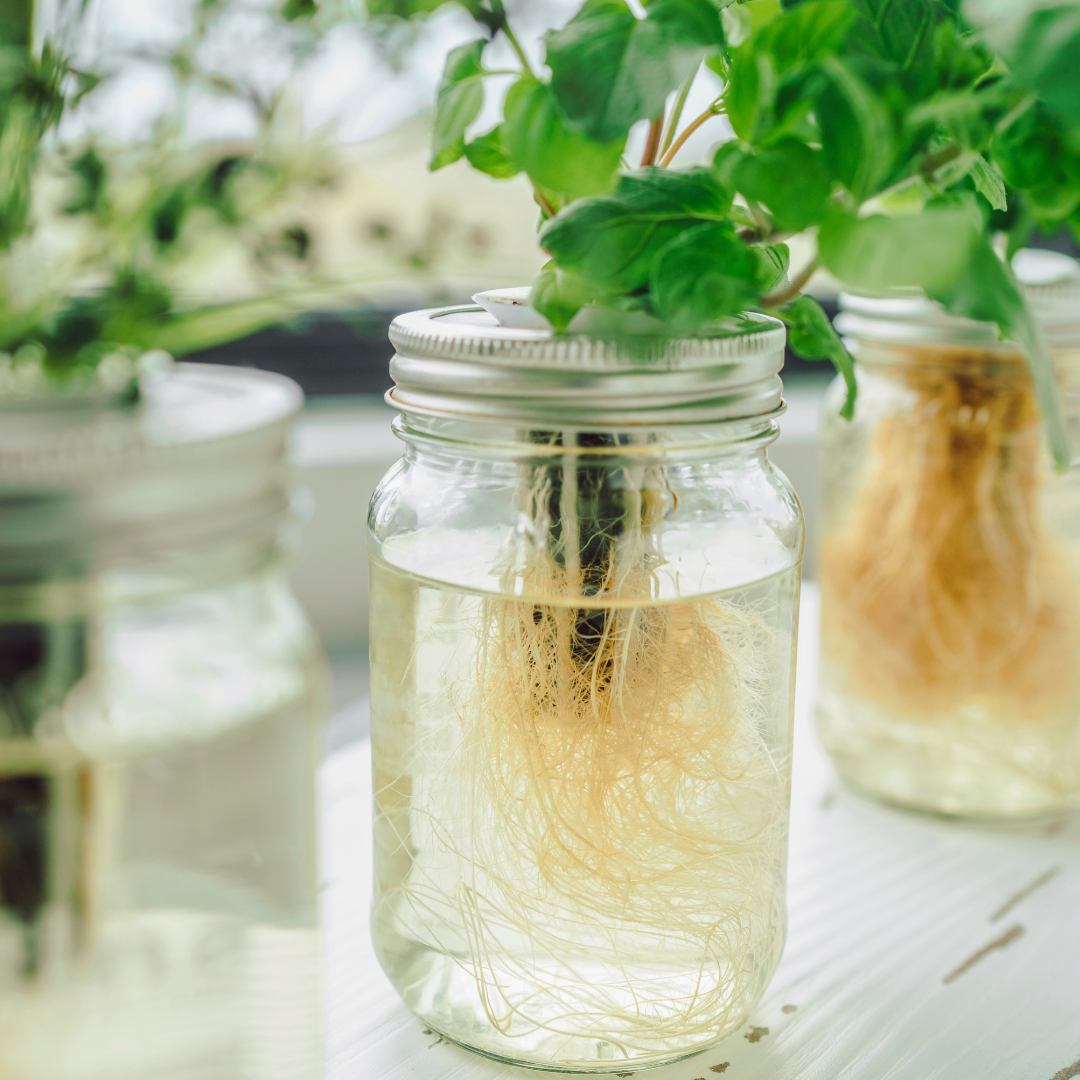
If you’re new to hydroponic gardening or looking to expand your indoor garden, consider these top five vegetables that thrive in a hydroponic setup.
1. Lettuce
Lettuce is an excellent choice for hydroponic gardening. It grows quickly, often reaching maturity in just 4-6 weeks, and it’s well-suited to the controlled environment of a hydroponic system.
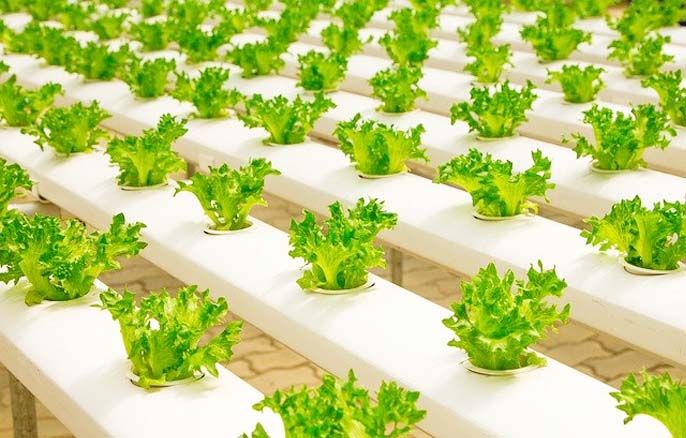
- Faster growth and higher yields compared to soil-based gardening
- Ability to grow year-round, even in colder climates
- Consistent, high-quality produce free from soil-borne pests and diseases
- Compact growth habit, making it ideal for small-space gardening
To grow lettuce hydroponically, ensure your system provides the right balance of nutrients, pH, and water flow. Lettuce thrives in a slightly acidic environment, with a pH between 5.5 and 6.5.
2. Tomatoes
Tomatoes are a popular choice for hydroponic gardening, as they can produce a bountiful harvest in a relatively small footprint.
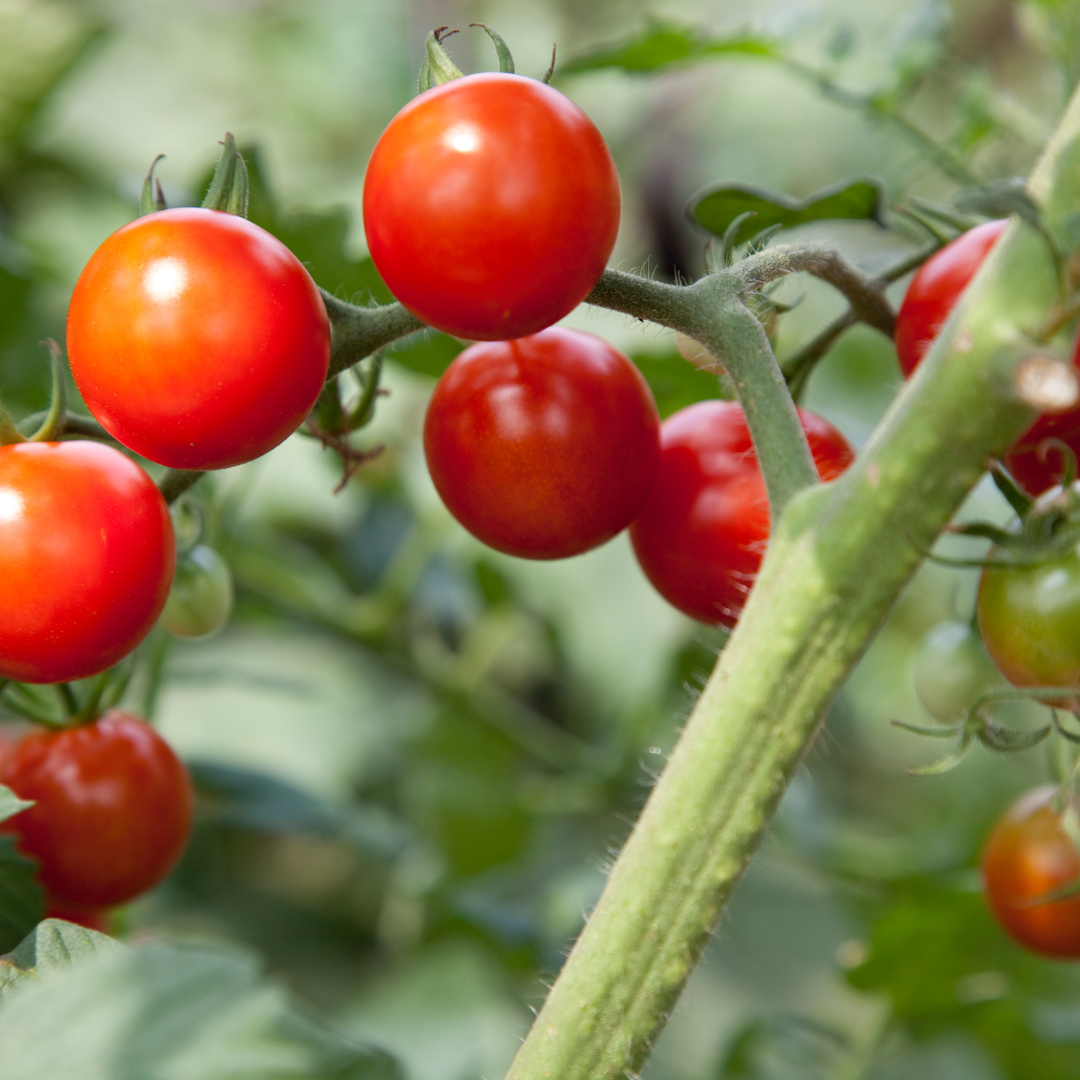
- Increased fruit production and earlier harvests
- Ability to control nutrient levels and environmental conditions for optimal growth
- Reduced risk of soil-borne diseases and pests
- Compact growth habit, allowing for more plants in a small space
When growing tomatoes hydroponically, be sure to provide them with adequate support, such as trellises or cages, to accommodate their vertical growth. Additionally, maintain proper nutrient levels and monitor for signs of nutrient deficiencies or imbalances.
3. Herbs
Herbs are a fantastic choice for hydroponic gardening, as they thrive in a controlled environment and often produce higher yields than their soil-grown counterparts.
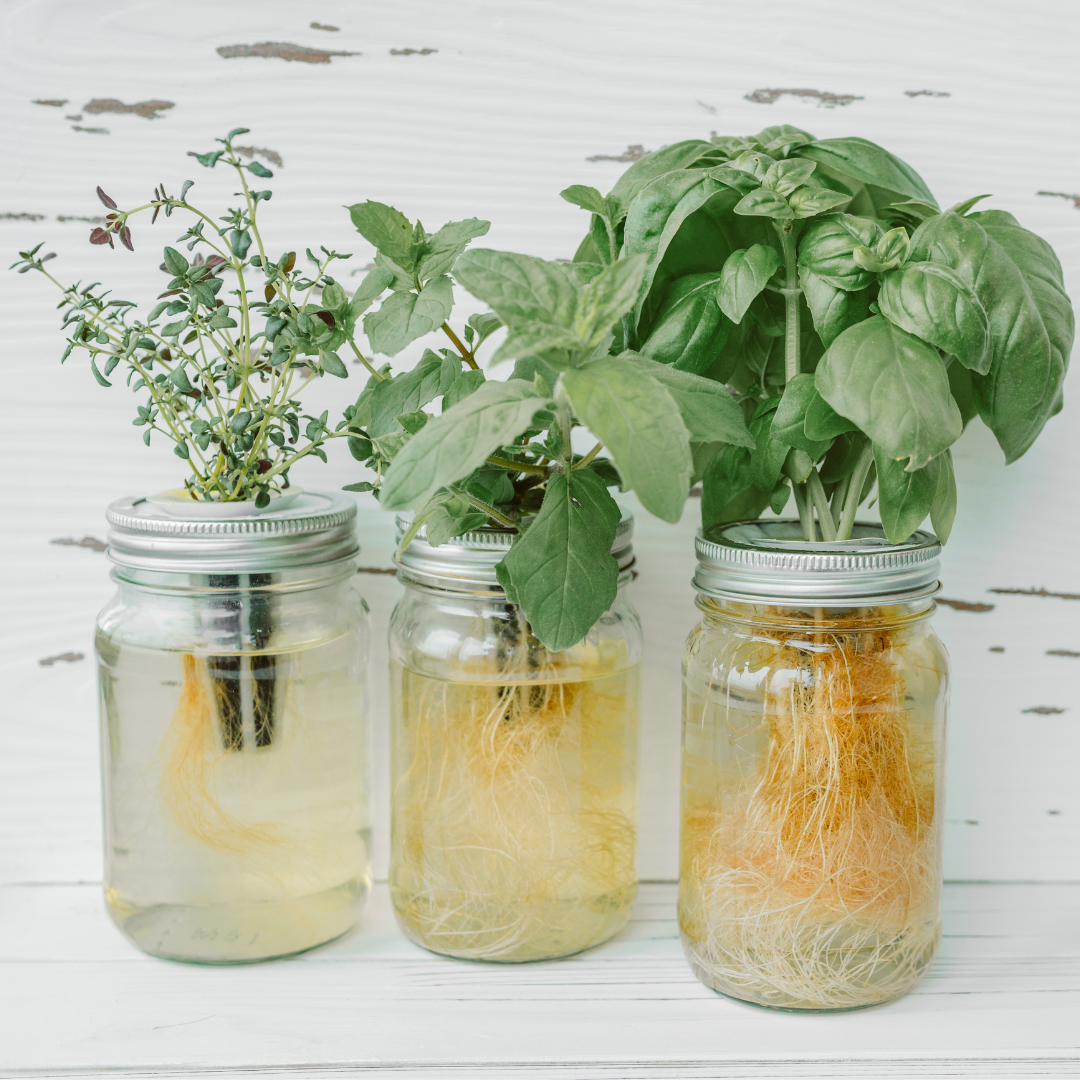
- Consistent, year-round availability of fresh herbs
- Faster growth and higher yields compared to soil-based gardening
- Ability to grow a wider variety of herbs in a small space
- Reduced risk of pests and diseases
When growing herbs hydroponically, pay close attention to their specific nutrient and pH requirements, as they can vary from one herb to another. Additionally, ensure your hydroponic system provides adequate light, as most herbs thrive in well-lit conditions.
4. Leafy Greens
In addition to lettuce, other leafy greens like kale, spinach, and Swiss chard are excellent choices for hydroponic gardening.
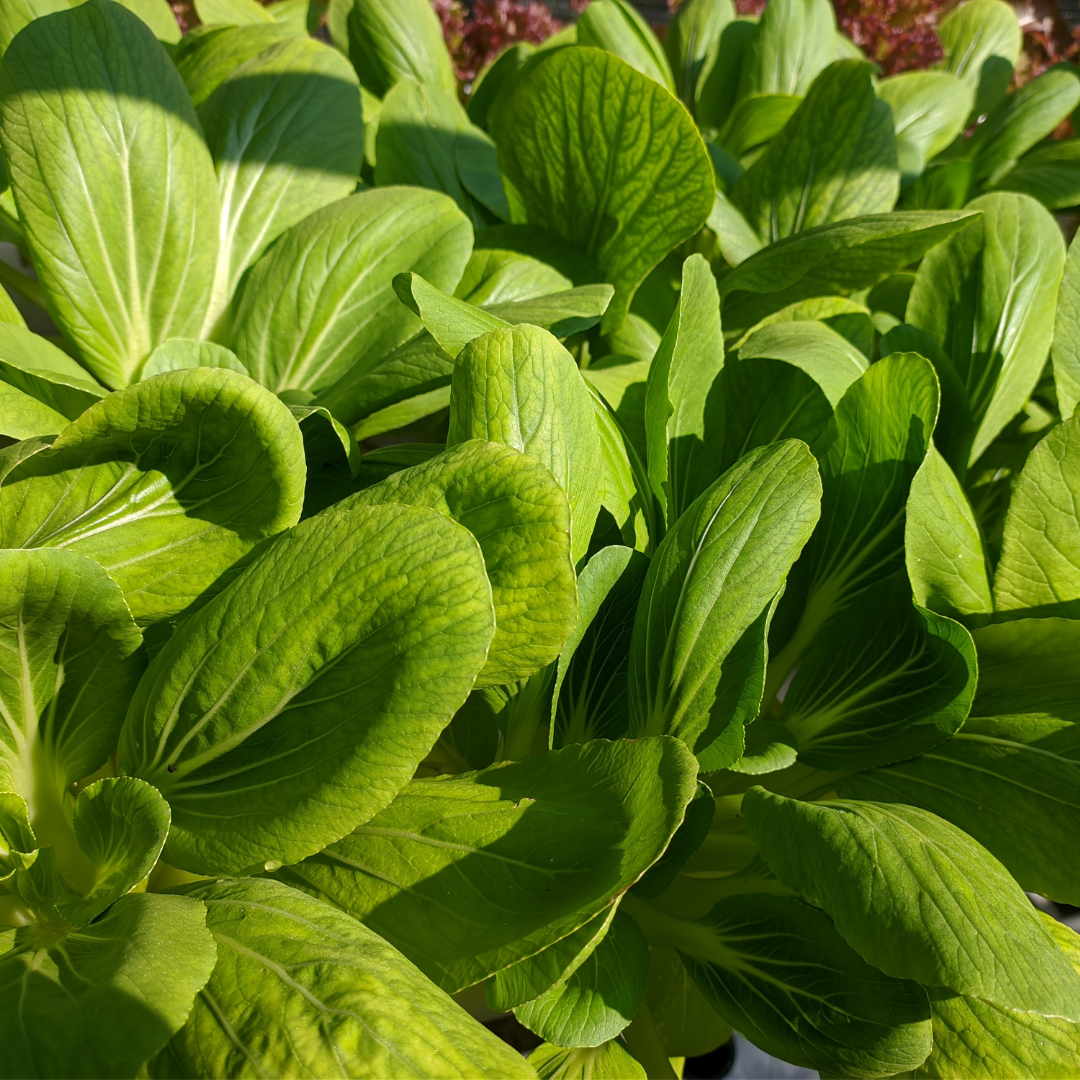
- Consistent, high-quality produce free from soil-borne contaminants
- Faster growth and higher yields compared to soil-based gardening
- Ability to grow a variety of leafy greens in a small space
- Year-round availability, even in colder climates
When growing leafy greens hydroponically, ensure your system provides the right balance of nutrients, pH, and water flow. Many leafy greens prefer a slightly acidic environment, with a pH between 5.5 and 6.5.
5. Microgreens
Microgreens are the young, tender seedlings of various vegetables and herbs, and they’re an excellent choice for hydroponic gardening. They are packed with nutrients, grow quickly, and can be harvested in as little as 7-14 days, making them a versatile and productive addition to your indoor garden.

- Rapid growth and short harvest times
- Ability to grow a wide variety of microgreens in a small space
- Consistent, high-quality produce free from soil-borne contaminants
- Potential for higher nutrient content compared to mature greens
When growing microgreens hydroponically, pay close attention to the specific light, temperature, and nutrient requirements of the varieties you’re cultivating.
Provide ample light, maintain proper pH and nutrient levels, and ensure your system delivers consistent water flow to the delicate seedlings.
Conclusion
Hydroponic gardening offers a wealth of benefits for the home gardener, from faster growth and higher yields to the ability to grow a diverse range of vegetables year-round.
